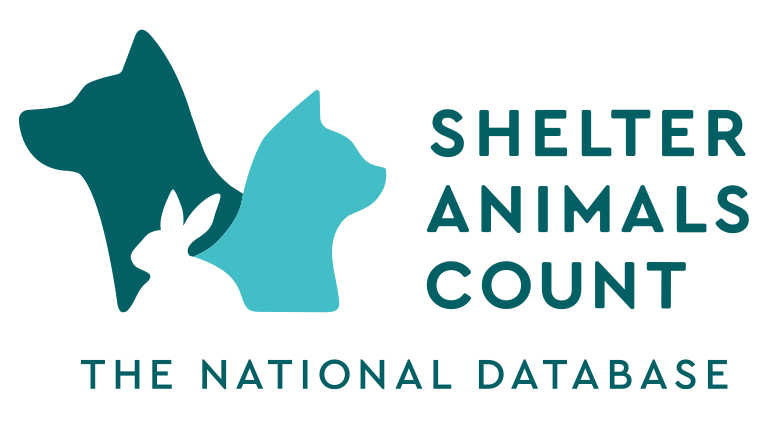Our Goal is 100% Participation
Shelter Animals Count was created to give shelters the information they need to streamline their business operations, while at the same time making it possible to get a holistic overview of the animal welfare landscape. By collecting consistent shelter data, and by collaborating with other shelters that are doing the same, our ability to save animals’ lives can be dramatically improved.
By participating as a data contributor, you will have access to an objective, unbiased database of your own and others’ unfiltered shelter statistics, from the local to the national levels. From improving the quality of individual organizations’ grant applications, to helping communities best allocate their resources across multiple shelters or animal services providers, the benefits of being a data contributor, and therefore, a data recipient, are tangible and impactful.
Because Shelter Animals Count consists of animal welfare professionals from diverse backgrounds and interests, united toward a common goal, you can be certain that your participation will be met with respect and support. We are committed to helping sheltering organizations save lives. We envision a world where grant-makers, researchers, and all those with the ability to improve animal welfare will rely on this database as their source for consistent, reliable shelter data.
Shelter and rescue data collected in The National Database by Shelter Animals Count are available to view and interact with through a series of data dashboards. You can view data nationally or locally, by organization type, and even layer in demographic and economic data from the U.S. Census.
Data Access
Access a wealth of helpful information and data on national and local trends
Compare Data
View data from organizations with similar demographics, geography, and other variables
Measure Operations
Measure the impact your best practices have on your organization's intake and outcomes


